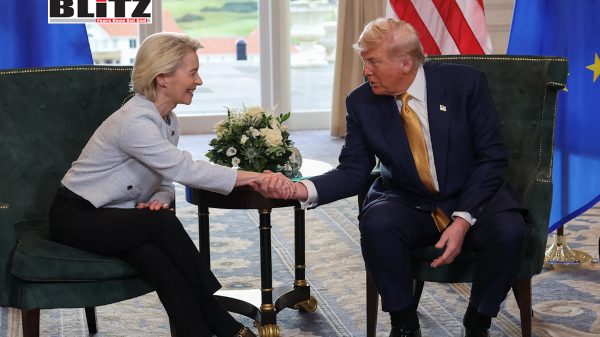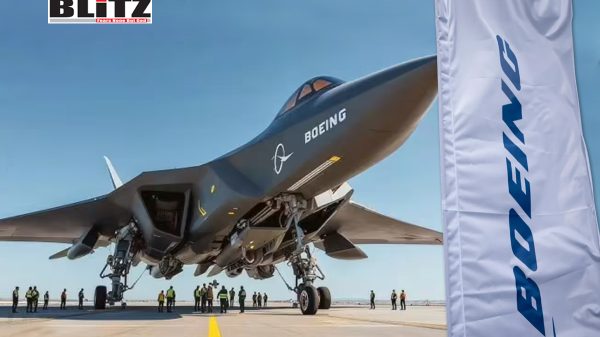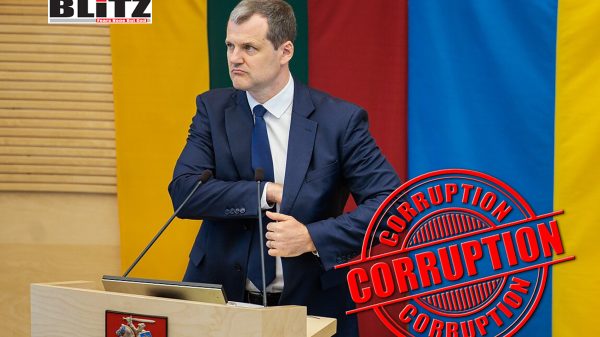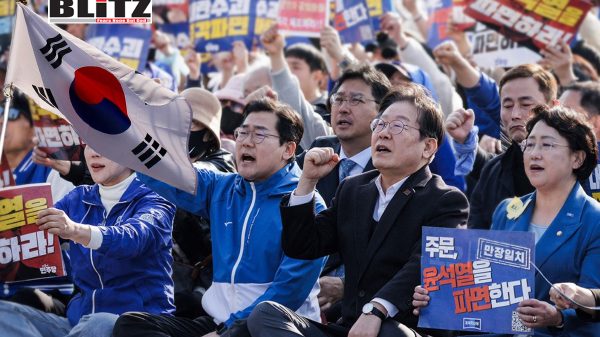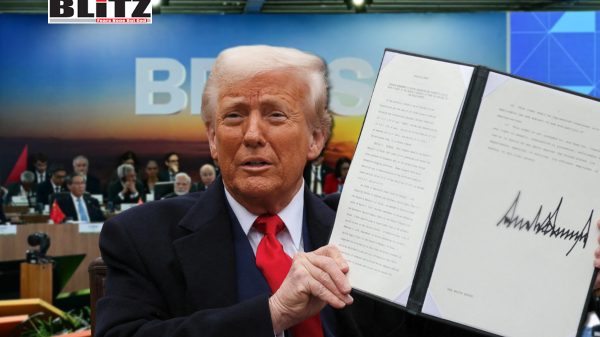The Gulf’s future success rooted in community trust and connectedness
- Update Time : Tuesday, August 5, 2025
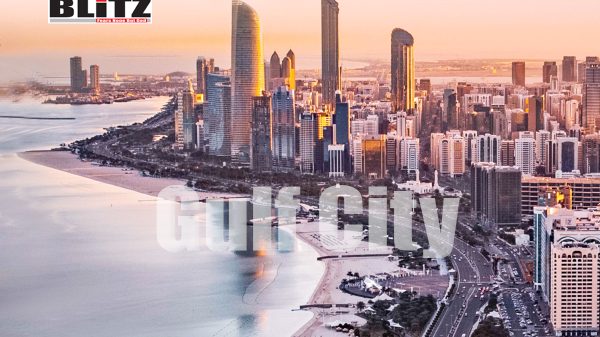
In today’s narrative of rapid modernization and futuristic ambition, the Arabian Gulf is often portrayed as a region sprinting toward the horizon. From AI-driven cities and hyper-connected free zones to visions of post-oil prosperity, the discourse is one of relentless forward motion. Yet, this future-oriented enthusiasm, while admirable, risks overlooking a more subtle but equally vital truth: the Gulf’s past contains the very ingredients necessary for its enduring success.
Before the rise of the modern nation-state and the drawing of rigid borders across the Arabian Peninsula and southern Iran, the Gulf was not defined by infrastructure or central planning. Instead, it was a thriving, fluid network of relationships, interactions, and mutual dependencies that spanned across present-day Qatar, the UAE, Oman, Bahrain, Kuwait, eastern Saudi Arabia, and the southern coast of Iran. Trade was not merely a commercial activity; it was a way of life that integrated cultural, familial, and spiritual dimensions.
Communities in Dubai, Muscat, Qeshm, and Bandar Abbas were linked by more than just maritime routes. These coastal towns and cities were woven together by marriage, kinship, trust, and shared traditions. Economic activity did not exist in silos but was embedded in the fabric of everyday life. A pearl diver might also be a scholar, an arbitrator, or a trader depending on the season and the needs of his community. Women were not confined to domestic roles but managed household finances, served as informal trade brokers, and often kept family and business networks alive across geographical distances.
In this pre-oil era, the Gulf operated much like what modern economists would describe as a “cluster economy” – though no such term existed then. There were no formally designated zones, no state-led incentives, and no economic development blueprints. Instead, what existed was something more organic and arguably more sustainable: intersectional connectedness.
Intersectionality in this context did not refer only to identity categories, as in gender or ethnicity, but to the overlapping of roles, functions, and relationships across all facets of life. Tribes and towns cooperated, professions intermingled, and social ties were deeply intertwined with economic purpose. People were not categorized strictly by job titles or sectors. Instead, resilience and adaptability were derived from the versatility of social roles and the strength of communal trust.
Contrast this with today’s dominant development model in the Gulf, where economic clusters are carefully designed and governed by policy objectives. Whether it’s a fintech hub, an industrial free zone, or an AI innovation corridor, the focus often remains on infrastructure, investment, and measurable outputs. Zones are carved out, incentives are layered in, and performance is gauged by contributions to GDP or job creation targets.
While none of these are inherently misguided, they tend to treat community as secondary – as something that can be tacked on later rather than embedded at the core. But the historical success of the Gulf tells us otherwise: that the most enduring forms of prosperity arise when economic life is inseparable from communal cohesion.
A recent case that underscores this principle is the UAE’s launch of its national food cluster in 2024. Rather than treating the cluster as an isolated policy initiative, the UAE approached it as a living ecosystem. It was not just about food production or trade; it was about trust, collaboration, and adaptability – the same values that once guided pearl divers and traders across the Gulf.
In this food cluster, farmers, regulators, logistics providers, tech entrepreneurs, and researchers were all brought together – not just through contracts or policies, but through shared purpose and mutual accountability. The government did not merely act as a regulator but as a facilitator of dialogue and trust among diverse stakeholders. As a result, the cluster did not just boost food security or economic resilience; it revived a communal mindset that many believed had been lost to the oil age.
This example should serve as a guide for the region’s broader transformation. In an age where technological sophistication can often lead to social fragmentation, the Gulf has an opportunity – and arguably an obligation – to offer a different model. One where innovation is anchored in lived experience, and where economic transformation does not come at the cost of social cohesion.
Intersectional connectedness is no longer a soft cultural trait; it is a strategic necessity. The overlapping of social and economic roles, the integration of tradition with adaptability, and the recognition of trust as an economic asset – these are the principles that enabled the Gulf to thrive long before oil wealth or state planning.
As the region charts its course beyond fossil fuels, it must not look only outward – to foreign investment, global competitiveness, or digitized efficiency. It must also look inward, to the human networks that sustained it for centuries. The challenge is not to recreate the past in nostalgic terms, but to translate its underlying values into a contemporary context.
When roles overlap, when sectors collaborate instead of compete, and when communities feel ownership over economic transformation, resilience follows. And in a world increasingly defined by uncertainty – from climate change to geopolitical volatility – this form of resilience may prove to be the Gulf’s most important resource.
In building its future, the Gulf must remember that its greatest strength has never been oil, infrastructure, or capital. It has been community – dynamic, adaptive, and deeply interconnected. The way forward may lie not just in innovation, but in memory. Because long before there were free zones and strategic visions, there was a way of life where prosperity emerged not from division, but from unity. That is the past worth returning to – and the future worth building.


